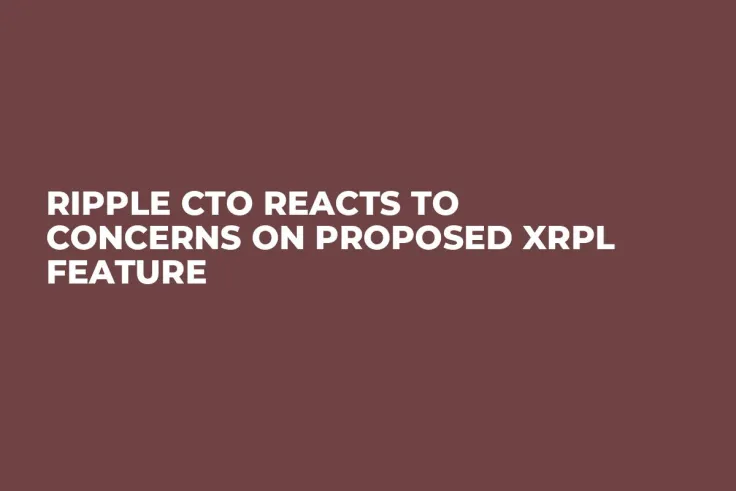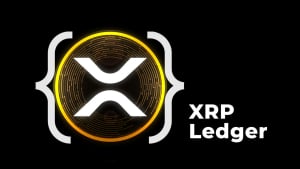
Disclaimer: The opinions expressed by our writers are their own and do not represent the views of U.Today. The financial and market information provided on U.Today is intended for informational purposes only. U.Today is not liable for any financial losses incurred while trading cryptocurrencies. Conduct your own research by contacting financial experts before making any investment decisions. We believe that all content is accurate as of the date of publication, but certain offers mentioned may no longer be available.
David Schwartz, CTO of Ripple, answers concerns about the proposed XRPL Ledger Clawback feature on X (formerly Twitter).
Clawback is a newly proposed feature that expands the token asset control capabilities of the XRP Ledger. It is included in the most recent rippled 1.12.0 release and is up for validator voting.
The XLS-39 Clawback feature, if adopted, will allow developers to guarantee increased trust and safety for their issued assets.
When issuing assets in specific geographies, developers may find the optional Clawback feature beneficial.
When Clawback is enabled, the issuer can "claw back" tokens in cases of fraudulent behavior or for account recovery when a user loses access to their account.
The Clawback functionality works by enabling a flag for a trustline, which users must utilize to transfer and receive a given asset. Users can check the trustline before purchasing a token to see if the Clawback account level flag is enabled. This is in addition to the Freeze feature, which is a comparable account-level flag that can affect a trustline.
However, this optional feature has prompted debate on X, with some users raising worries about the functionality benefiting the issuer at the expense of the user.
Ripple's CTO disagrees, citing two reasons why this upcoming feature is beneficial to users. The first reason is that it is less intrusive than freezing. There is much less short-term disruption to the user as the issuer instead claws back only the amount in dispute rather than freezing the entire balance.
Second, it benefits the user because the terms are negotiated between the user and the issuer. Anything that helps the issuer would increase his desire to conduct business with the user, thus giving the user additional bargaining power.
According to Schwartz, the Clawback feature was motivated by the need for the XRP Ledger to be able to more accurately reflect what is or is not a legal obligation of an issuer. Another reason is the desire for feature parity with other platforms for redeemable stablecoins.

 Dan Burgin
Dan Burgin Vladislav Sopov
Vladislav Sopov U.Today Editorial Team
U.Today Editorial Team